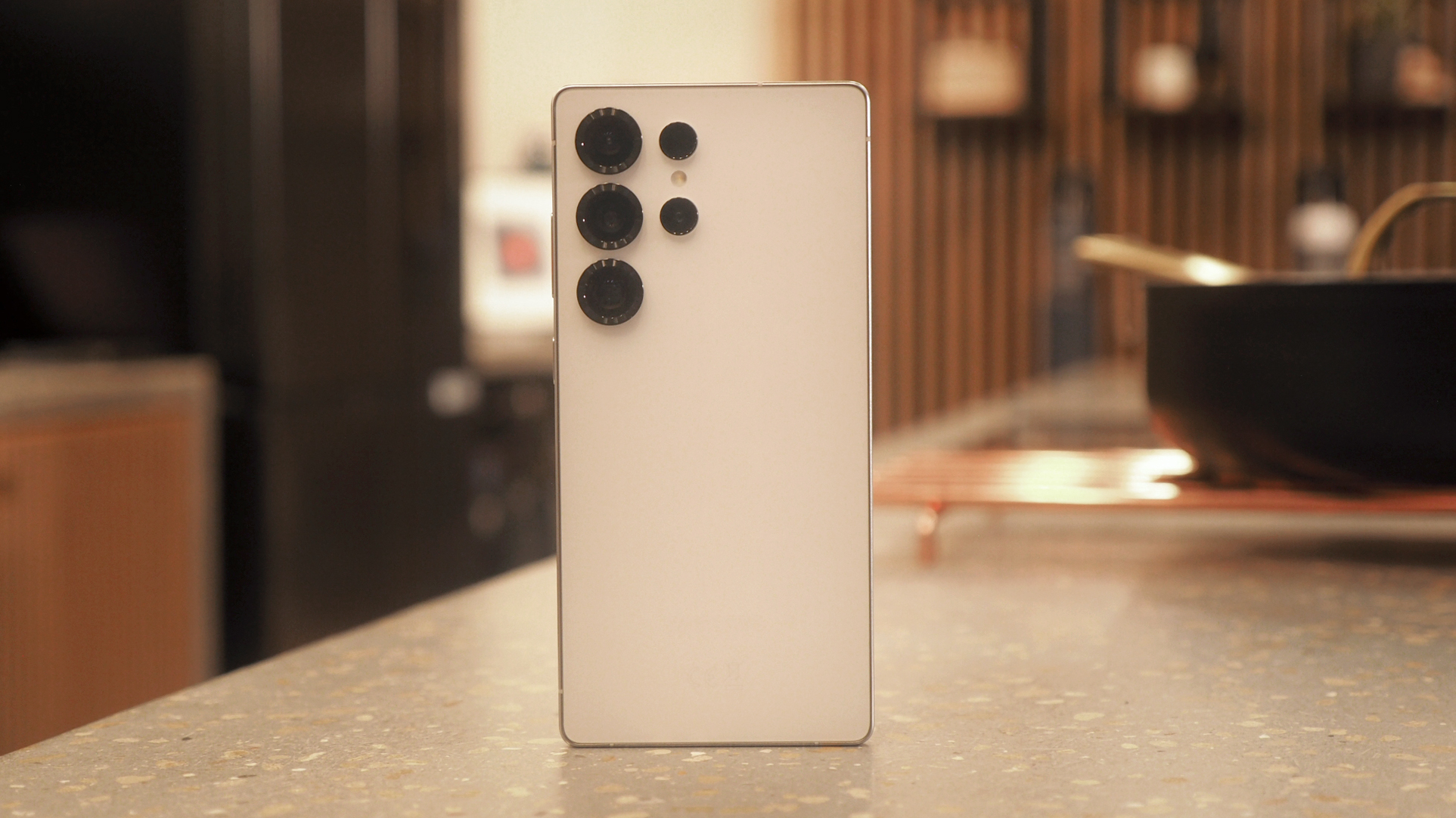

Samsung announced the Galaxy S25 series at Galaxy Unpacked, with a new flagship phone for 2025 – the Samsung Galaxy S25 Ultra. An evolution of the S24 Ultra, Samsung's new phone makes tweaks and changes to increase its appeal, while pushing the message that Galaxy AI is here to stay.
Across the smartphone pond, the Galaxy S25 Ultra best matches up against Apple's biggest phone – the iPhone 16 Pro Max. Launched in September 2024, these phones have much in common, from their size and display, to their functionality.
While we're still in the early stages of really testing the new Galaxy S25 Ultra – T3's Tech Editor is exploring the phone as his own for a working week first (but you can read his S25 preview and first impressions here) – I've used both phones and here's how they compare.
Galaxy S25 Ultra vs iPhone 16 Pro Max: Design
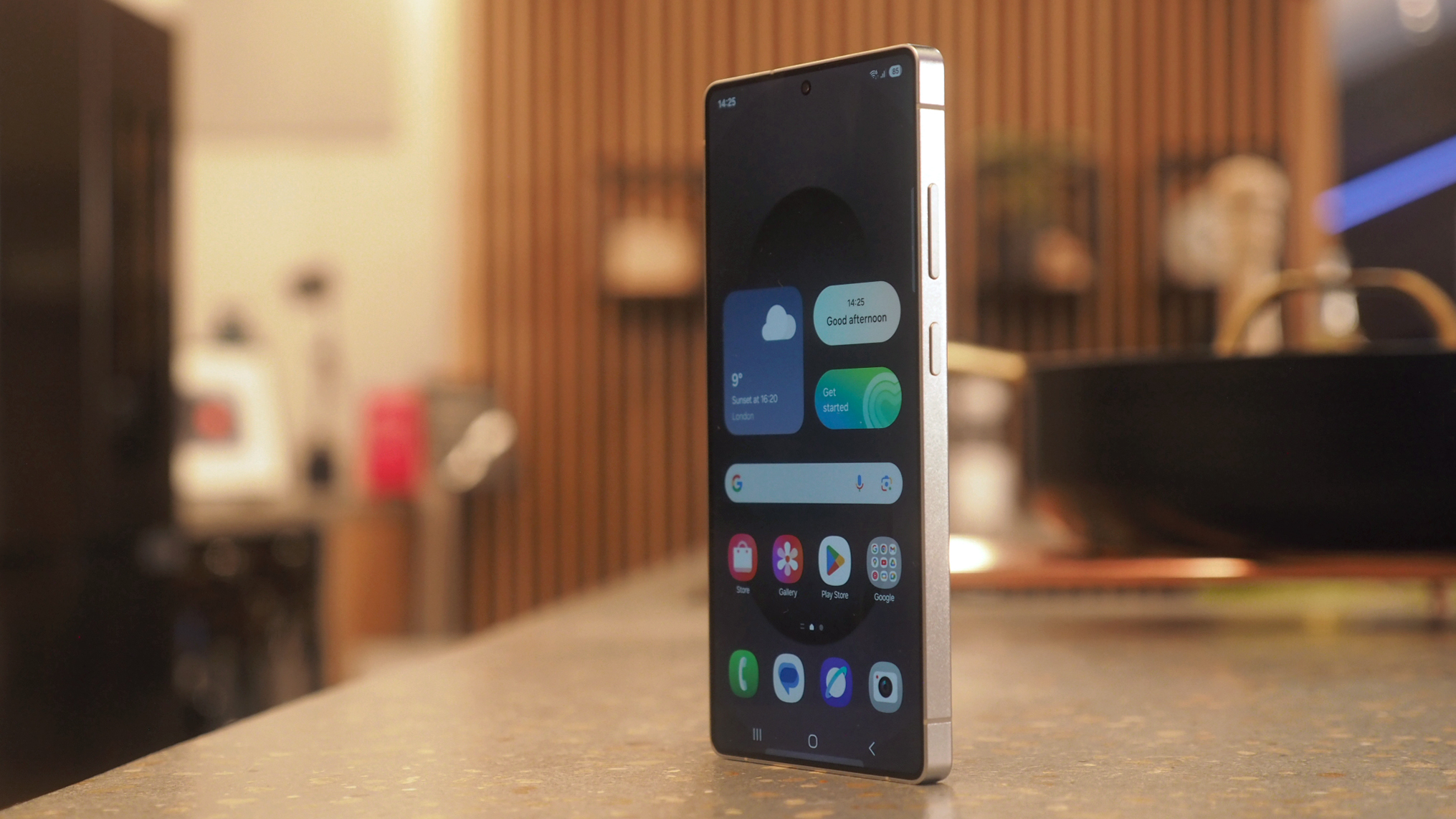
| Row 0 - Cell 0 | S25 Ultra | iPhone 16 Pro Max |
| Size | 162.8 x 77.6 x 8.2mm | 163.0 x 77.96 x 8.25mm |
| Weight | 218g | 227g |
| S Pen included? | Yes | You're joking, right? |
| IP rating | IP68 | IP68 |
| Build | Titanium, Gorilla Armor 2 | Titanium design, Ceramic Shield front, matt glass back |
| Colours | Silver Blue, White Silver, Titanium Green, Titanium Black; (online exclusives) Titanium Pink Gold, Titanium Jet Black, Titanium Jade Green | Black Titanium, White Titanium, Natural Titanium, Desert Titanium |
At first glance, the Galaxy S25 Ultra looks similar to the phone it replaces, but it's slimmer and lighter than the incumbent device. In terms of dimensions, it's very closely matched with Apple's iPhone 16 Pro Max: there are fractions of a millimetre difference between the two, but Samsung is almost 10g lighter.
Both phones have squared frames, so there are now flattened sides on the Samsung device - but Apple's corners are noticeably rounder. Samsung has also changed the corner profile on the S25 Ultra to be a smoother curve, compared to the square corner on the old S24 Ultra. But it's not as round as the iPhone, partly because it needs to accommodate the S Pen within the frame.
While the iPhone has an island in the top left corner of the rear housing the camera lenses, the Samsung Galaxy S25 Ultra sits these lenses separately on the back of the phone. There's a really interesting detail here too, as the barrels of the three main cameras are slightly raised, which looks much more premium than Samsung's older phone.
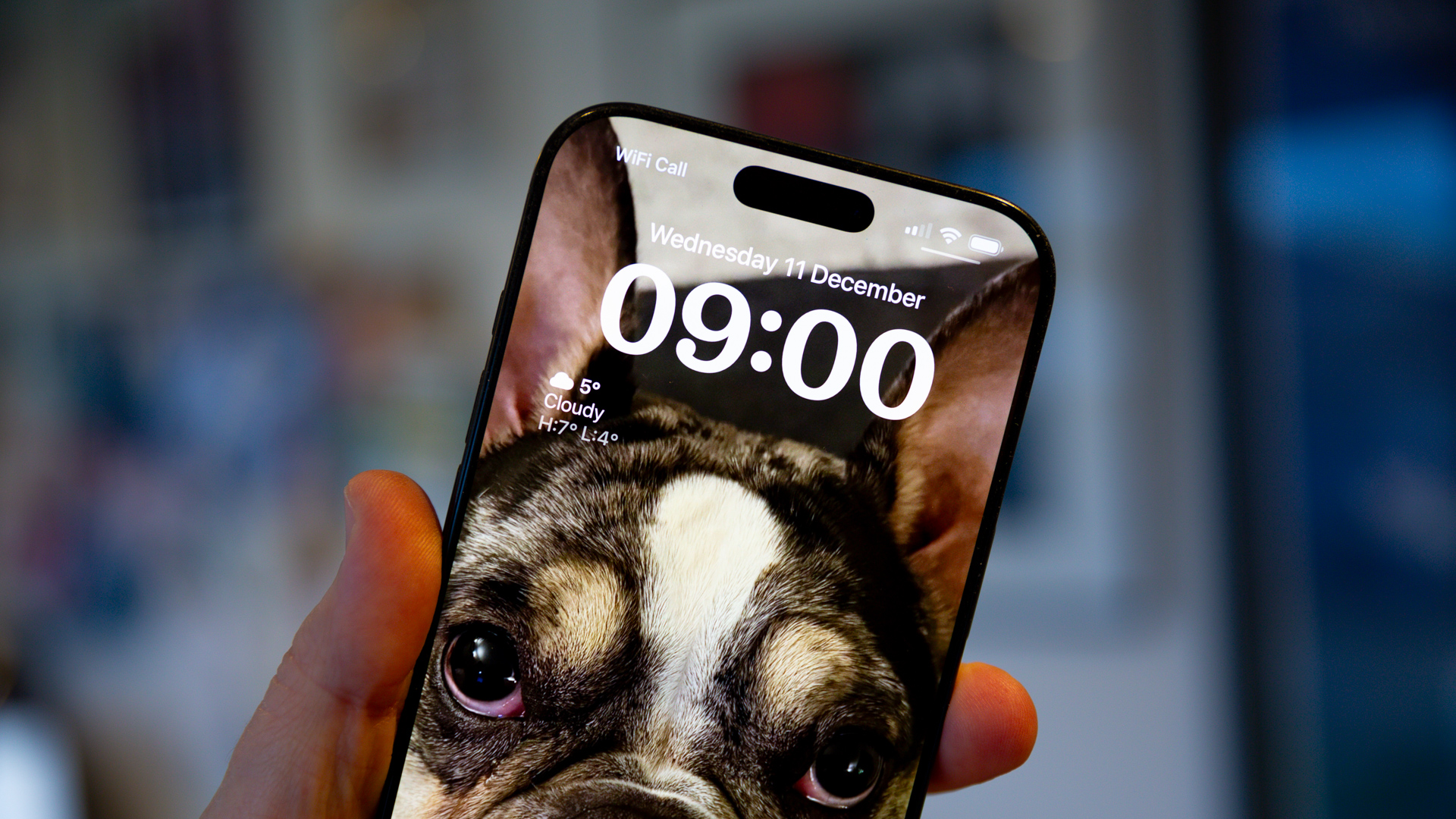
There's a headlong materials battle raging too, with both claiming increased use of recycled materials within each device. We're looking at similar construction on these top-end devices with an aluminium inner frame treated with a titanium exterior. Both phones are glass front and back, with Samsung using Corning's Gorilla Armor 2 and Apple calling its glass Ceramic Shield.
Sign up to the T3 newsletter for smarter living straight to your inbox
Get all the latest news, reviews, deals and buying guides on gorgeous tech, home and active products from the T3 experts
Both phones also carry an IP68 rating meaning they're tested to the same standard for dust and water ingress. One thing you will notice, however, is that the iPhone 16 Pro Max has the additional Camera Control button on the side, while there's also the Action Button too, so Apple now offers more external controls than Samsung.
The takeaway message is that these phones are both big, they take up about the same space in your pocket and the build quality is pretty close to call too.
Galaxy S25 Ultra vs iPhone 16 Pro Max: Display
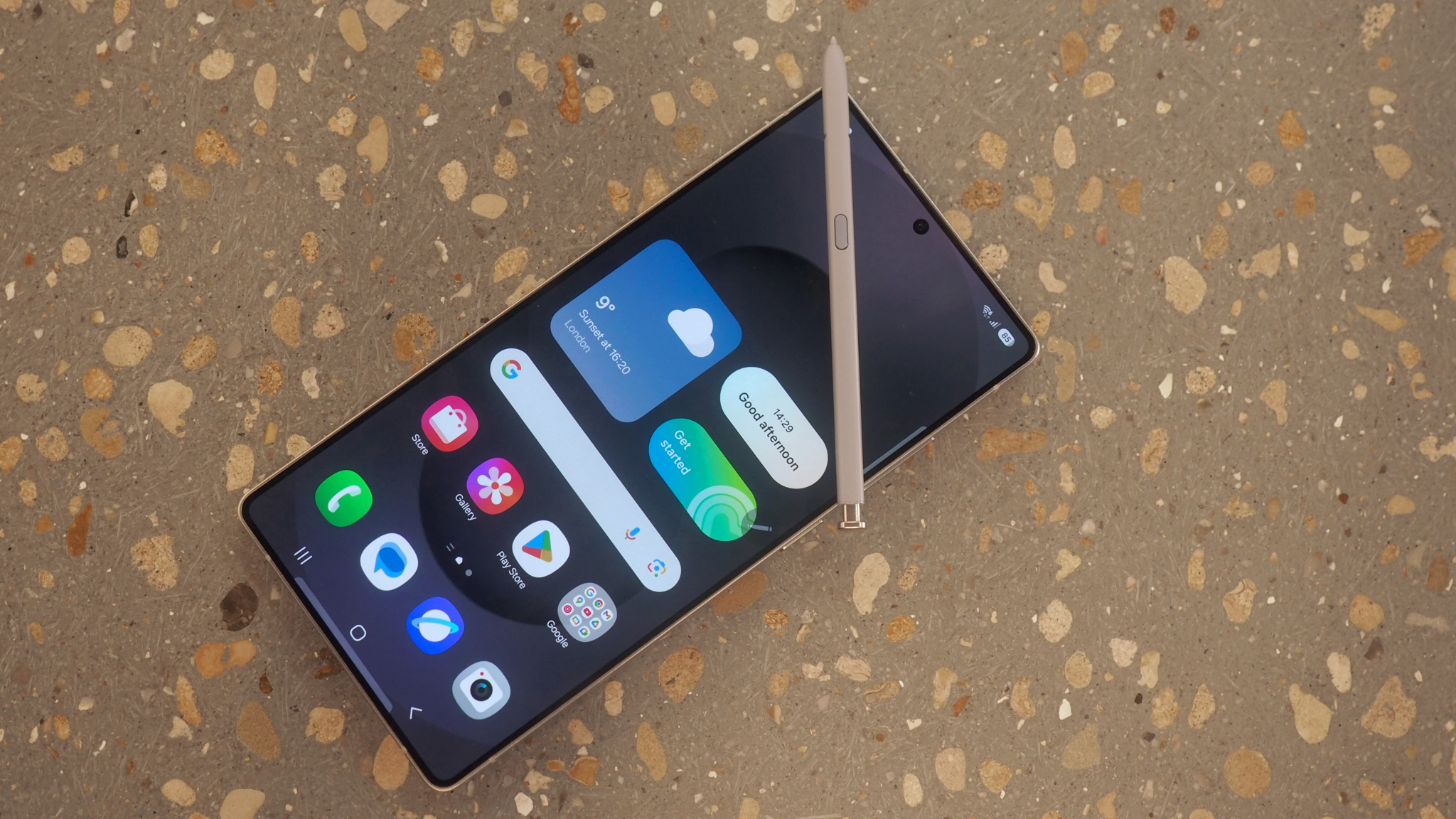
| Row 0 - Cell 0 | S25 Ultra | iPhone 16 Pro Max |
| Display | 6.9in AMOLED (20:9 ratio), 3120 x 1440 pixels, 1-120Hz adaptive | 6.9in AMOLED (19.5:9 ratio), 2868 x 1320 pixels, adaptive 120Hz |
| Peak brightness | 2600 nits peak | 2000 nits peak |
Turning to the display and both these phones tell the same story: both increased the size of the display without increasing the size of the device, so both have a 6.9-inch panel, where previously it was 6.8-inch on the Galaxy S24 Ultra and 6.7-inch on the iPhone 15 Pro Max.
Both these displays use an LTPO OLED panel, so offer adaptive refresh rates from 1Hz to 120Hz. My experience is also that visually both of these displays look great too – they're rich and vibrant and will make your content look fantastic. You might want to crank the Vivid slider a little in the Samsung, though.
Look a little closer and you'll find that Samsung's display is a little higher resolution, cramming in a few more pixels. The iPhone 16 Pro Max has 460ppi, while Samsung rolls in at 498ppi. That's only half the story, because Samsung gives you the option to run the display at a lower resolution, defaulting to 2340 x 1080 pixels. The iPhone doesn't do this, so it's likely that many Samsung users will run their phone slightly softer than the iPhone – but benefit from the upscaling AI engine that's on board.
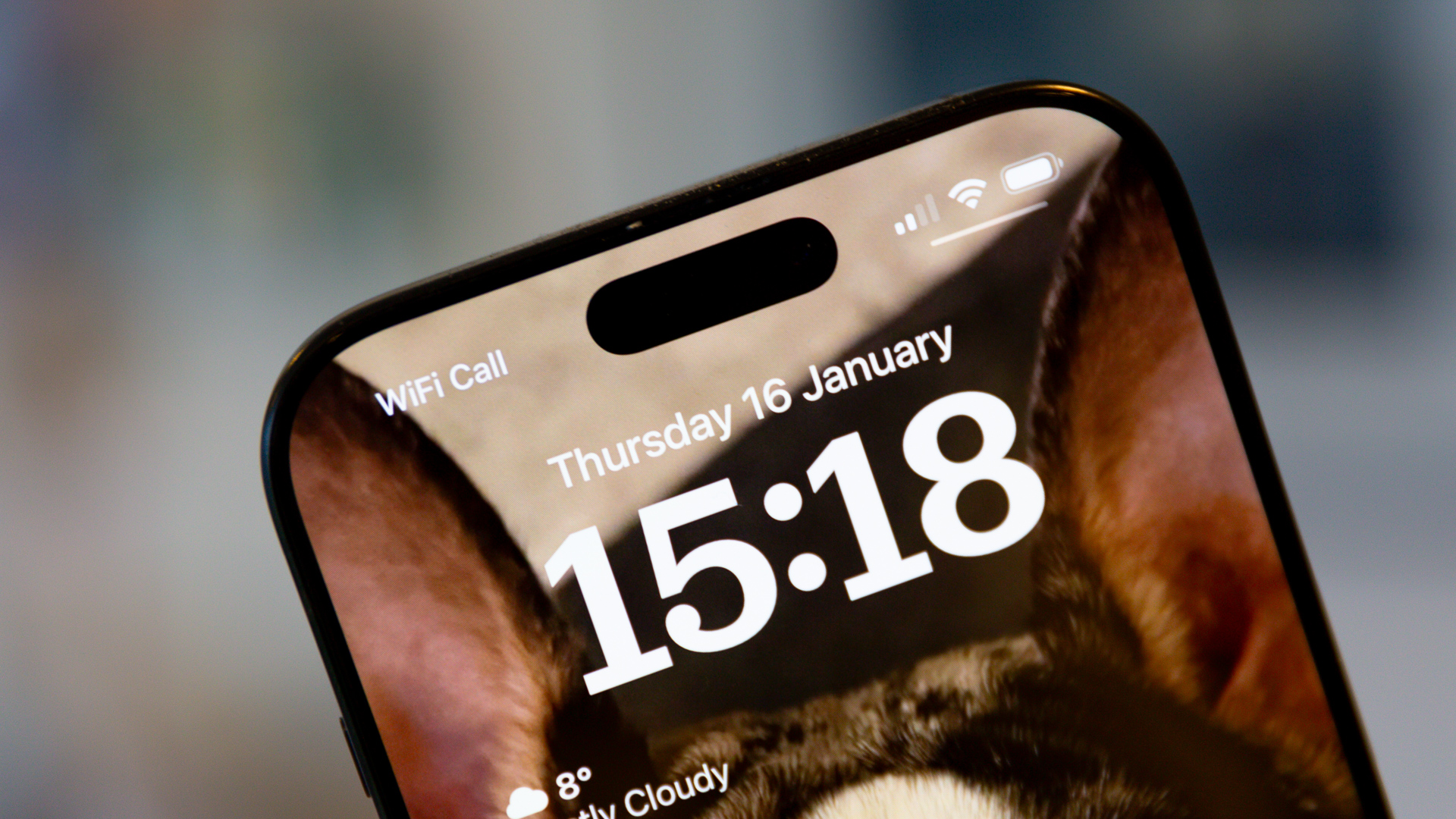
Samsung's party trick for many generations has been to ramp up the brightness when outdoors. This aids visibility, cutting through reflections, but increases battery drain. Samsung also has a great anti-reflective coating on the display, boosting its skills in bright conditions.
Since the evolution of HDR (that's high dynamic range for the uninitiated), manufacturers have started to increase the peak brightness of the display on phones, but neither Samsung nor Apple has the brightest out there. The Samsung Galaxy S25 Ultra hit a 2,600 nit peak brightness, while the iPhone 16 Pro Max makes it to 2,000 nits.
The iPhone 16 Pro Max also has the Dynamic Island that encompasses the cut-out at the top of the display, making use of the space around the unsightly front cameras. Samsung has a straight single camera cut-out, but does have the Now Bar in One UI 7 that brings apps in use to the lock screen for easier interaction – a bit like Dynamic Island.
Finally, there's the S Pen integrated into the Samsung. This stylus provides a range of interactions with the display when using the deployable pen, carrying over features on the old Note line of devices. But the S Pen is so discreet, if you don't want to use it, you'll forget it's even there, neatly stowed into the phone's body.
Galaxy S25 Ultra vs iPhone 16 Pro Max: Cameras
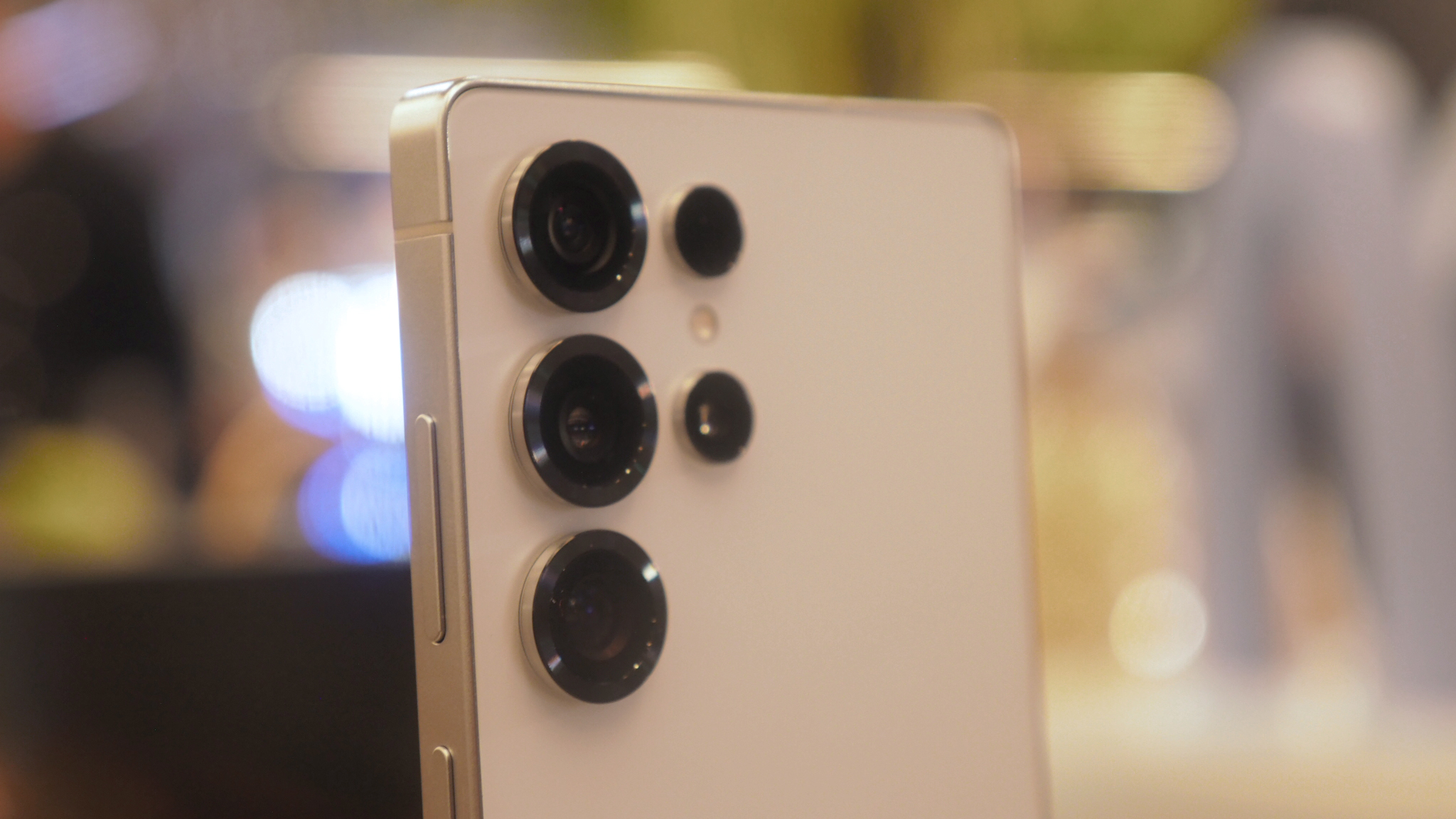
Samsung Galaxy Z Fold 6 cameras
| Row 0 - Cell 0 | S25 Ultra | iPhone 16 Pro Max |
| Main | 200MP, f/1.7, OIS (24mm) | 48MP, f/1.78, OIS (24mm) |
| Tele | 50MP, f/3.4, OIS (111mm, 5x); 10MP, f/2.4, OIS (67mm, 3x) | 12MP, f/2.8, OIS (120mm, 5x) |
| Ultra-wide | 50MP, f/2.2 (13mm) | 48MP, f/2.2 (13mm) |
| Selfie | 12MP, f/2.2, AF | 12MP, f1.9, AF |
It's the cameras where many comparisons are made between phones, with the photography skills often leading proceedings. That could be about to change, with new AI skills leading much of the messaging around the latest devices, although there's no shortage of AI being used in imaging.
But to the camera hardware itself, and Samsung's big change over the Galaxy S24 Ultra is a new ultra-wide camera. It's a new 50-megapixel sensor in the S25 Ultra, which also doubles as a macro camera – for close-ups to around 5cm from the lens – and Samsung says it brings a 34% improvement in light capture.
The big difference in hardware between the flagship phones from Apple and Samsung is that Samsung offers two telephoto lenses. It matches the iPhone's 5x optical zoom, but has a second lens for 3x optical zoom (albeit only at 10MP). Some might say that's overkill, but with the aperture on Samsung's 5x zoom being rather narrow, it's a useful additional lens for brighter shots, like portraits.
Apple offers a full range of cameras, with the 5x optical telephoto lens first appearing on the iPhone 15 Pro Max and making a return on the iPhone 16 Pro Max.
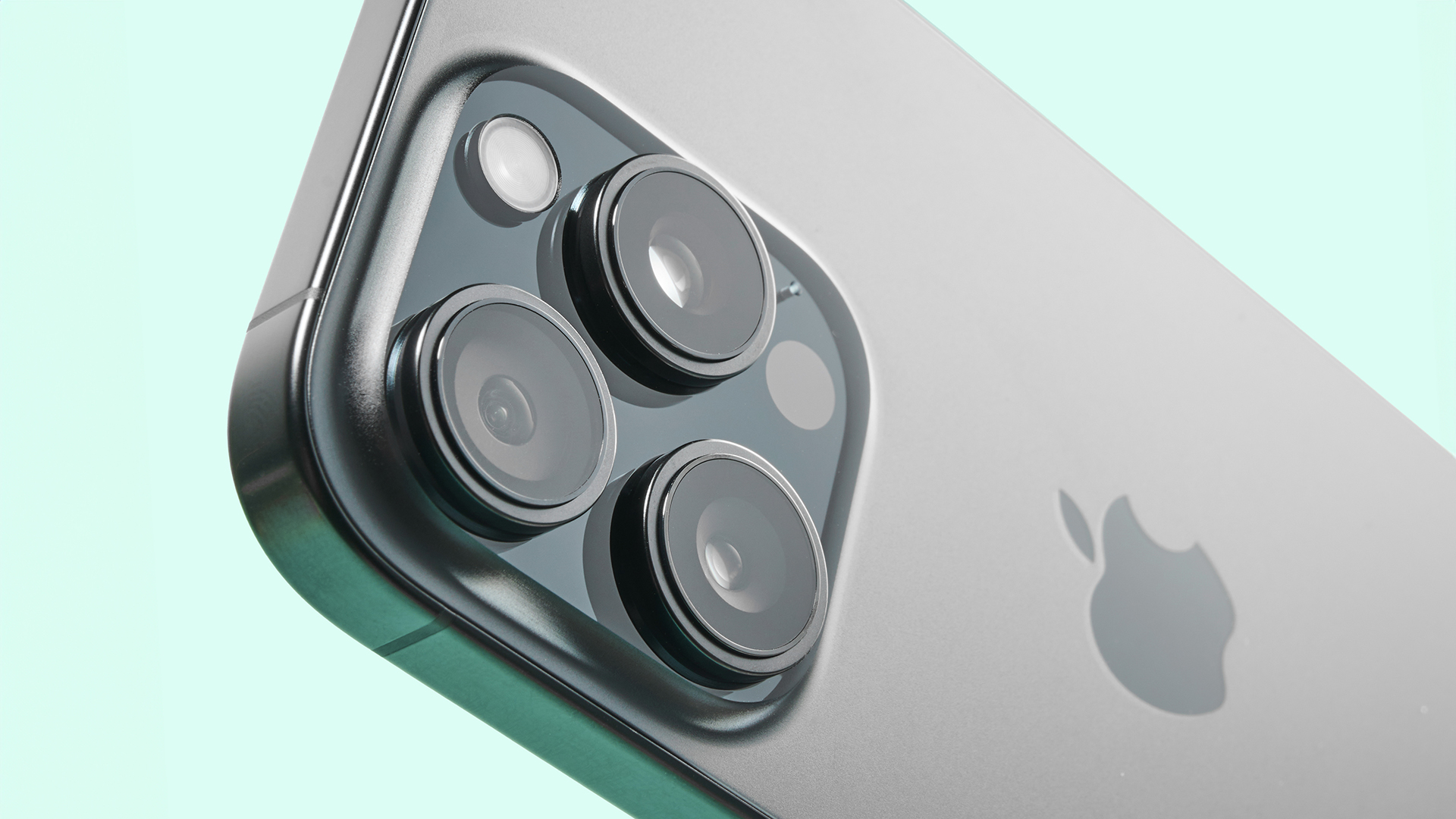
As the new Samsung phone has only just been revealed, we can't yet compare the absolute performance of these cameras, but that's likely to happen once the Galaxy S25 Ultra gets on our test bench for a full review, with Samsung promising performance gains thanks to the new Qualcomm Snapdragon hardware.
Opinion is split on which is the better system: Apple is better known for natural shots and has made great improvements in recent years when it comes to low-light shooting. Samsung was a little lacking in the ultra-wide and the S25 Ultra should close that gap, while the zoom on Samsung's phone typically gives a better shot than you'll get from iPhone, but the main camera can, at times, look a little saturated – especially vibrant blue skies and green grass.
Samsung editing tools are still a little more comprehensive than those offered by Apple, with AI coming in to deliver a little more for Galaxy users. It's improved year on year, too, so should be even more usable for ad hoc adjustments.
Galaxy S25 Ultra vs iPhone 16 Pro Max: Key specs
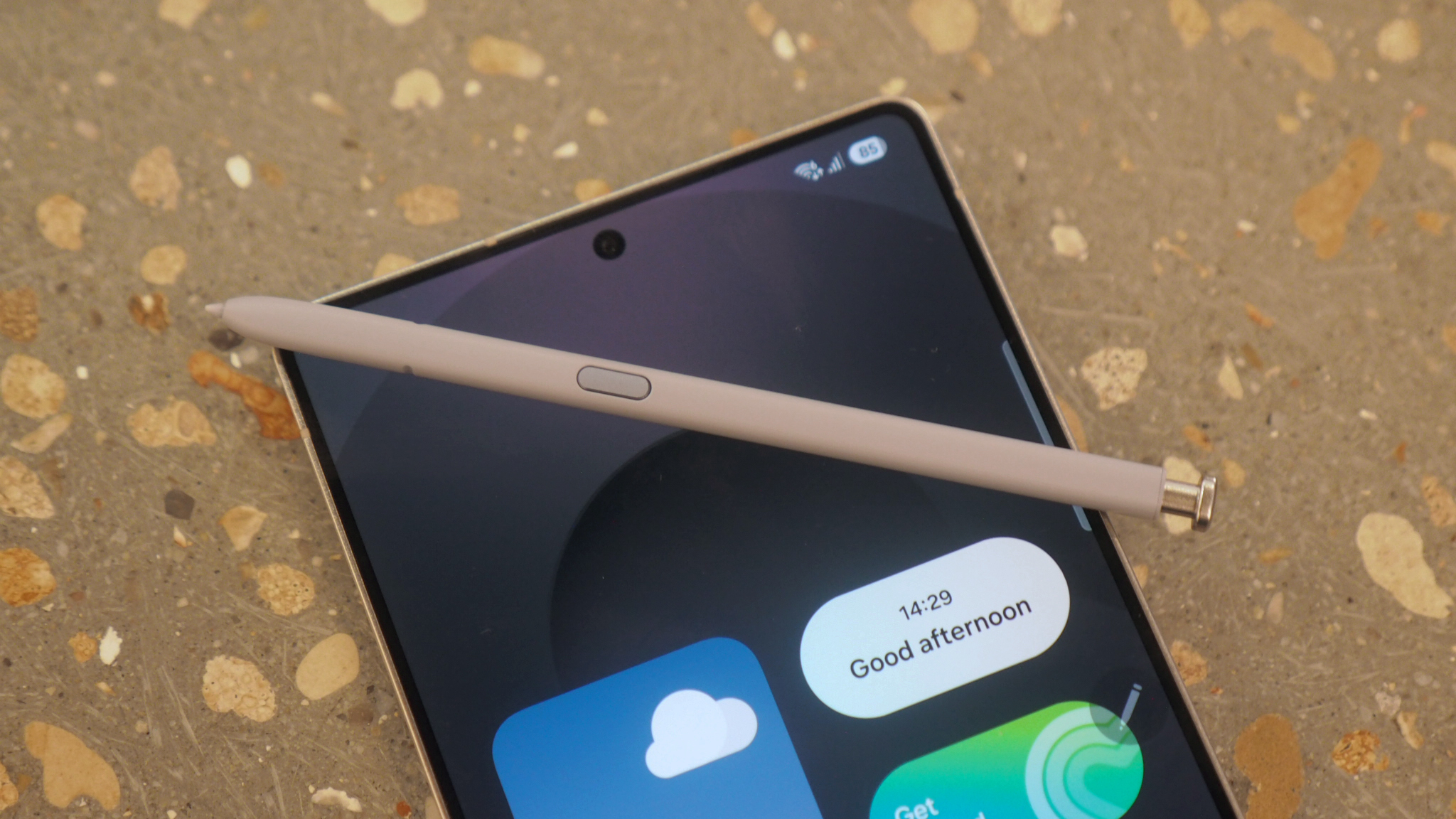
| Row 0 - Cell 0 | S25 Ultra | iPhone 16 Pro Max |
| Processor | Snapdragon 8 Elite for Galaxy | A18 Pro |
| Cooling | Vapour chamber (40% larger) | Graphite substructure |
| RAM | 12GB | 8GB |
| Battery | 5,000mAh | 4,685mAh |
| Charging | 45W wired, 15W wireless | 30W wired, 25W MagSafe, 7.5W wireless |
| Storage | 256GB/512GB/1TB | 256GB/512GB/1TB |
Step into the core of these two flagship phones and they are different, yet similar. The Samsung Galaxy S25 Ultra runs on the Snapdragon 8 Elite 'for Galaxy' – an overclocked version of Qualcomm's hardware that's a little more powerful than most other 8 Elite phones out there.
The iPhone 16 Pro Max runs on the A18 Pro chip. Both of these are 3nm chips, so they are similar, but that's pretty much where it ends. Samsung is equipping the phone with 12GB RAM, while Apple has 8GB RAM. The storage options on both devices start at 256GB and run up to 1TB.
Qualcomm made a pretty big step with the Snapdragon 8 Elite, with those Oryon processors proving to be plenty powerful. There are some noises appearing about it being rather warm under load, however, so exactly how the overclocked version in the S25 Ultra will run will be interesting. There's a 40% larger vapour chamber to keep it cool – but its thermal behaviour will take some time to become apparent.
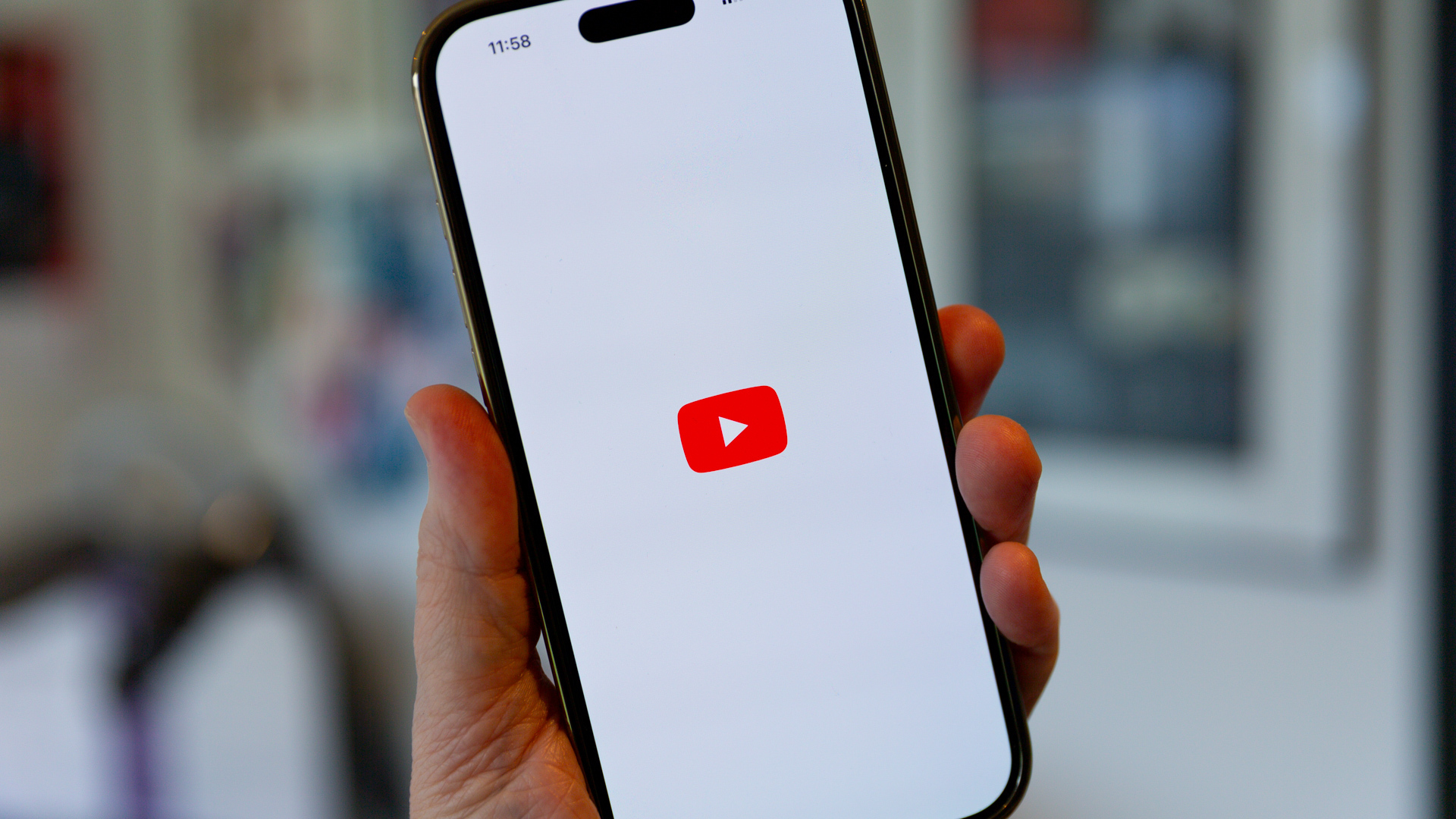
Comparing Snapdragon and Apple Silicon hardware is difficult, because it's not just about synthetic benchmarks: with Samsung running Android and Apple running iOS, this hardware lives in a different software world.
Samsung has added refinement to One UI in the latest version, while layering in more AI features, designed to work across apps to draw in more useful information. We've only just started to live with it to see what it adds to the Google Gemini experience that lives underneath – but you'll need to give it weeks of information for the best contextually adjusted results.
Apple's iOS is buttery smooth and nails the basics, making for a great smartphone experience, but its Apple Intelligence features have only had a lukewarm reception. Put that to one side, and iOS remains slick and smooth – and the hardware powering the iPhone 16 Pro Max has a role to play there.
When it comes to battery life, these phones have similar capacity batteries and both offer charging speeds a little behind the rest of the industry. Samsung supports up to 45W wired and 15W wireless charging. Apple is a little less clear, supporting 45W wired charging, but with most reporting that it only charges at 30W. But there is faster wireless charging, with 25W MagSafe (wireless) or 7.5W through a generic wireless charger.
In terms of battery life, we'll have to wait to see how Samsung performs, but it's likely to cruise through the day just like the iPhone 16 Pro Max does.
Galaxy S25 Ultra vs iPhone 16 Pro Max: Conclusion
| Row 0 - Cell 0 | S25 Ultra | iPhone 16 Pro Max |
| Price (at launch) | £1,249 / $1,299 / AU$2,199 | £1,199 / $1,199 / AU$2,149 |
When it comes to big phones, these are the two devices that will dominate 2025: the iPhone 16 Pro Max offers great performance and is a little cheaper than Samsung's device, giving you that iOS experience that so many love.
Samsung's Galaxy S25 Ultra is likely to be one of the best phones of 2025, with Samsung being the biggest player in Android devices. They are surprisingly similar from a hardware perspective, both offering long support (7 years) and both offering top-notch experiences.
Ultimately, you probably already know which phone you'd prefer based on the software ecosystem that you're used to, but the full details of the Galaxy S25 Ultra's battery life and camera performance will come soon in our full review.
Chris has been writing about consumer tech for over 15 years. Formerly the Editor-in-Chief of Pocket-lint, he's covered just about every product launched, witnessed the birth of Android, the evolution of 5G, and the drive towards electric cars. You name it and Chris has written about it, driven it or reviewed it. Now working as a freelance technology expert, Chris' experience sees him covering all aspects of smartphones, smart homes and anything else connected. Chris has been published in titles as diverse as Computer Active and Autocar, and regularly appears on BBC News, BBC Radio, Sky, Monocle and Times Radio. He was once even on The Apprentice... but we don't talk about that.
-
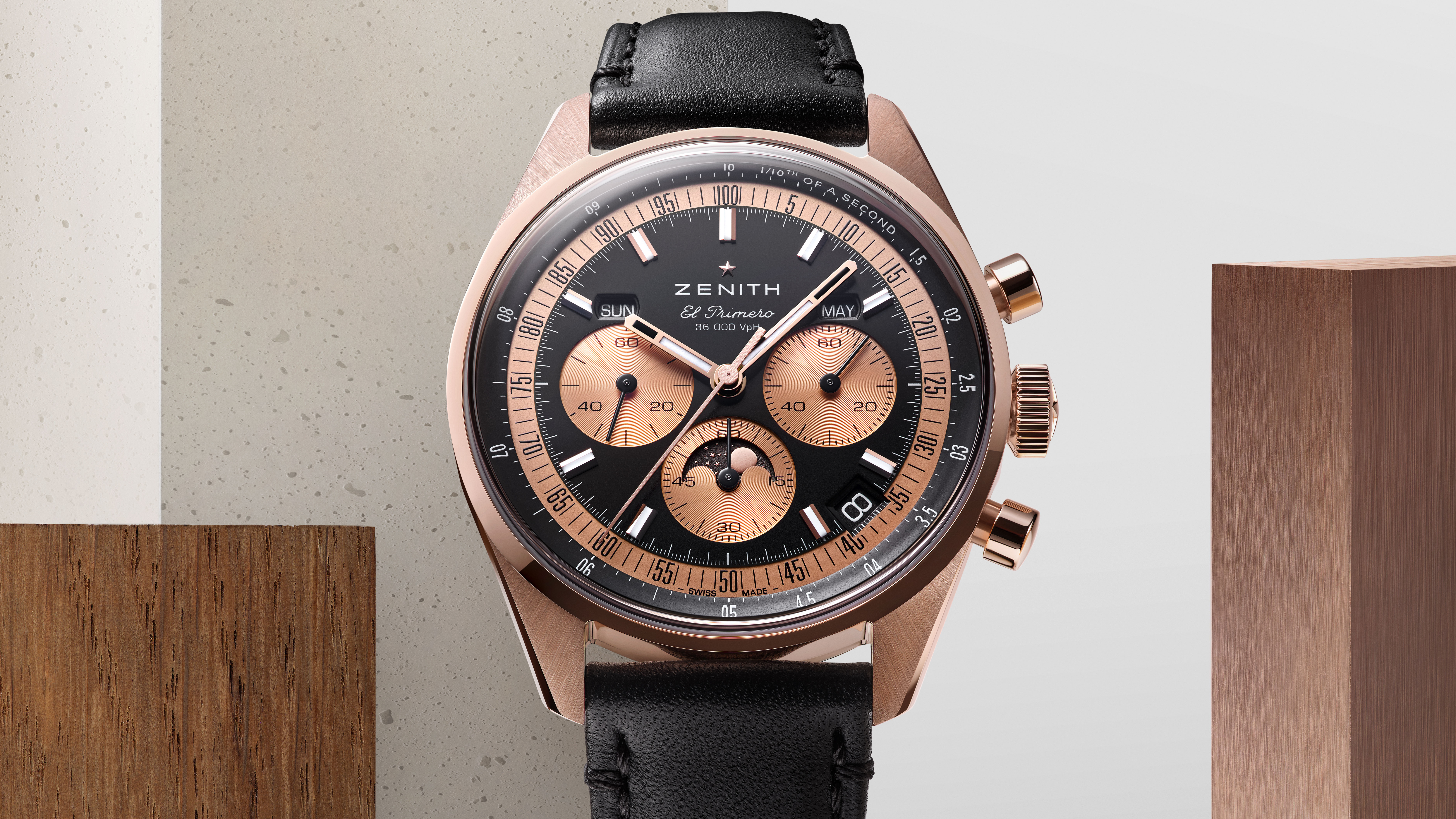 One of my favourite watches of last year just got even more delectable
One of my favourite watches of last year just got even more delectableThe Zenith Chronomaster Original Triple Calendar is even sweeter in this rose gold case
By Sam Cross
-
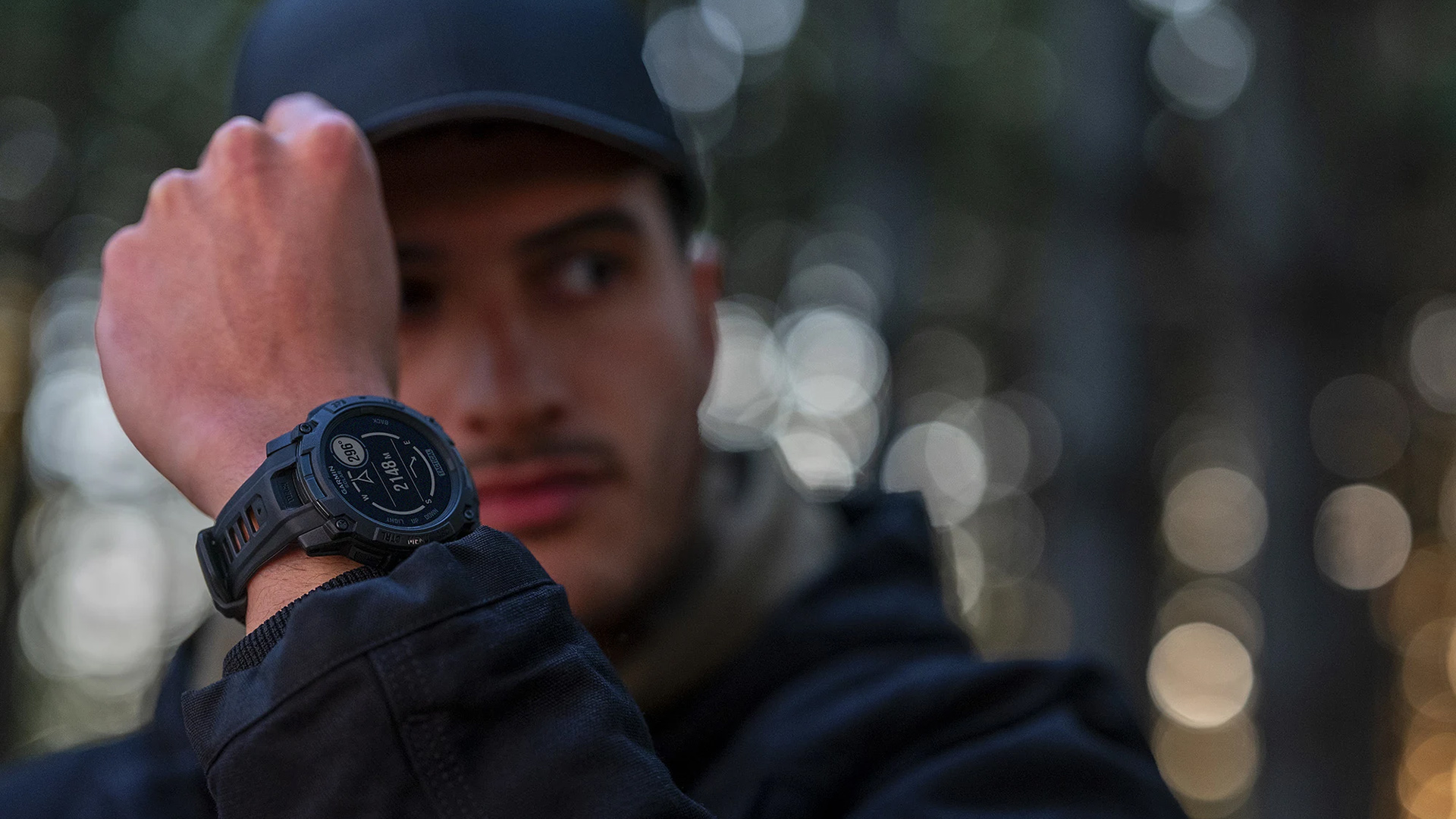 Garmin turned its affordable outdoor watch into an army-ready beast
Garmin turned its affordable outdoor watch into an army-ready beastThe Instinct 3 Tactical Edition brings serious military-grade features to Garmin’s rough-and-ready smartwatch range
By Matt Kollat
-
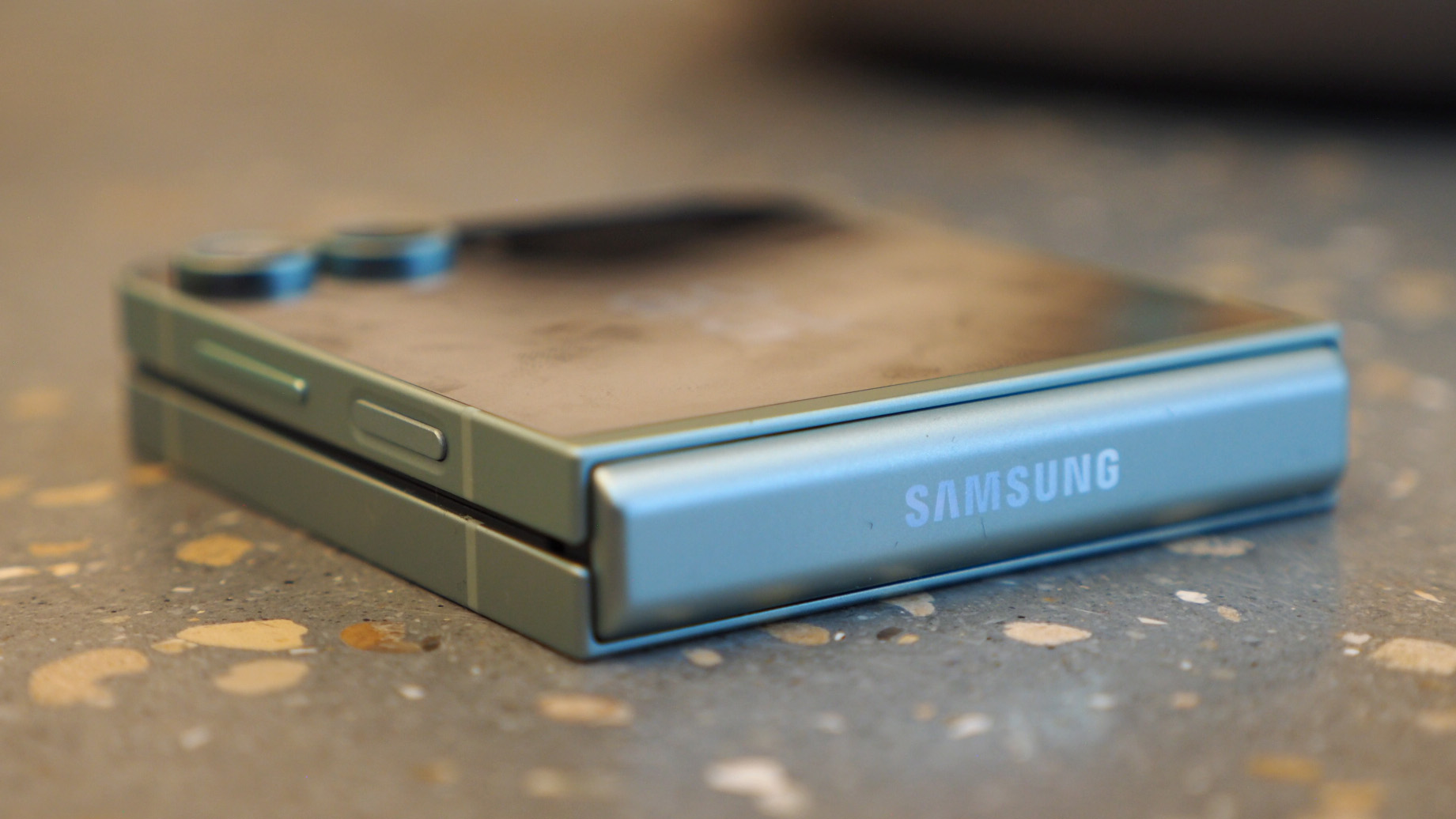 New Samsung Galaxy foldable launch event leaked
New Samsung Galaxy foldable launch event leakedThis could be the date the Z Fold 7 and Z Flip 7 arrive
By Sam Cross
-
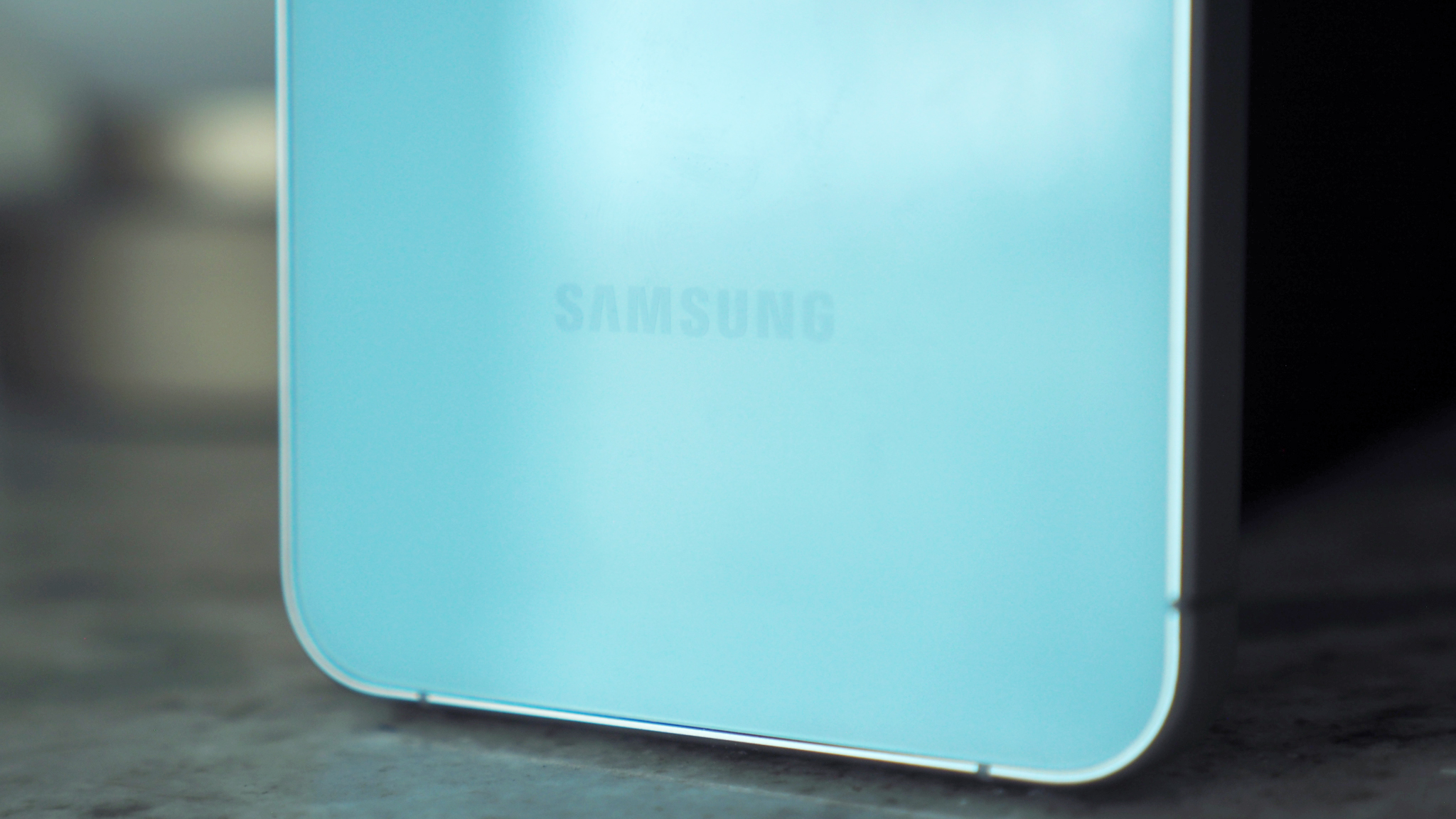 Samsung Galaxy S25 FE still on for this year, but one leak curbs our excitement
Samsung Galaxy S25 FE still on for this year, but one leak curbs our excitementThis is an odd choice
By Sam Cross
-
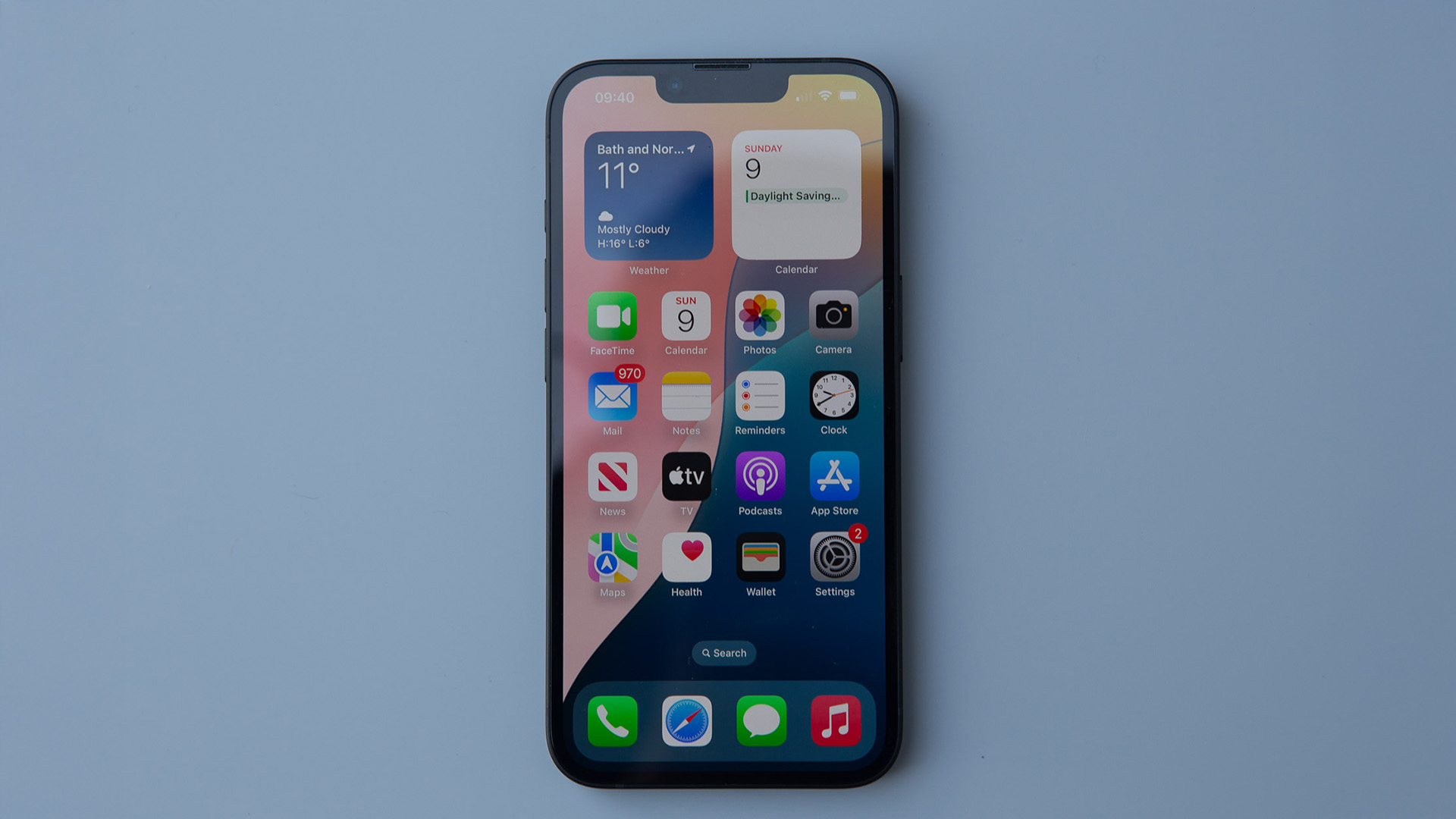 Apple reportedly preparing the iPhone 17e already
Apple reportedly preparing the iPhone 17e alreadyBut it sounds like an odd launch window
By Sam Cross
-
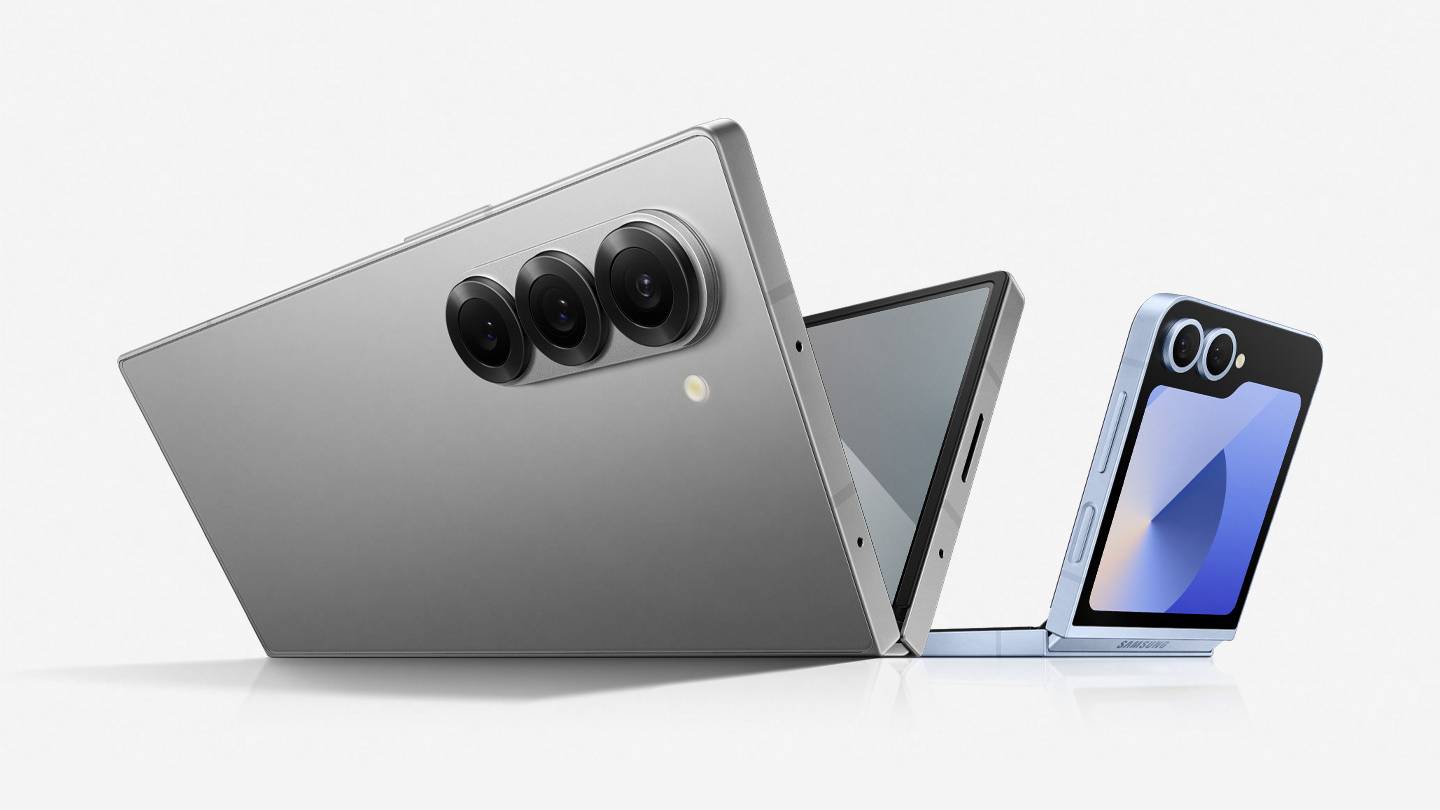 Expected Samsung foldables could arrive later than expected this year
Expected Samsung foldables could arrive later than expected this yearIt could be a late launch for these foldables
By Sam Cross
-
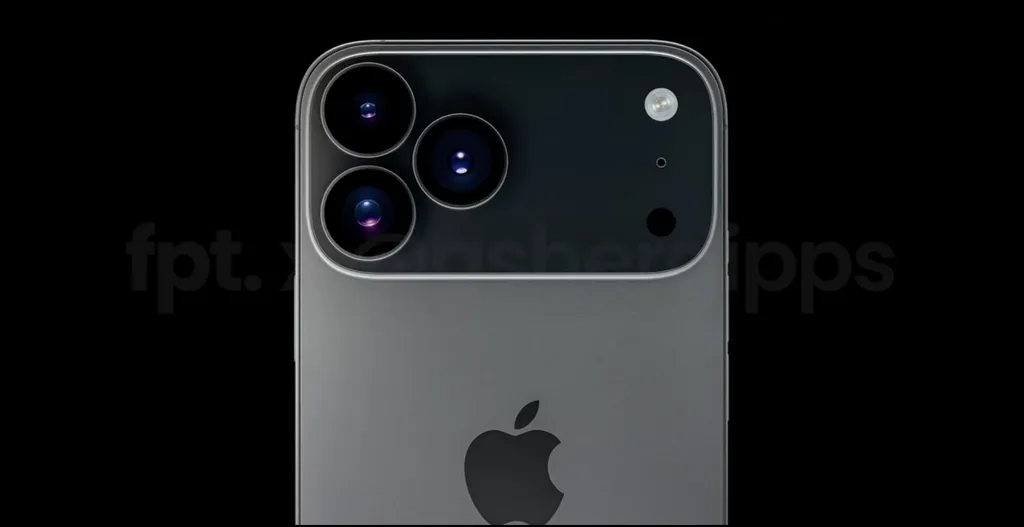 iPhone 17 Pro case leak shows Apple really is about to make a huge design swerve
iPhone 17 Pro case leak shows Apple really is about to make a huge design swerveThis is going to alienate some users
By Sam Cross
-
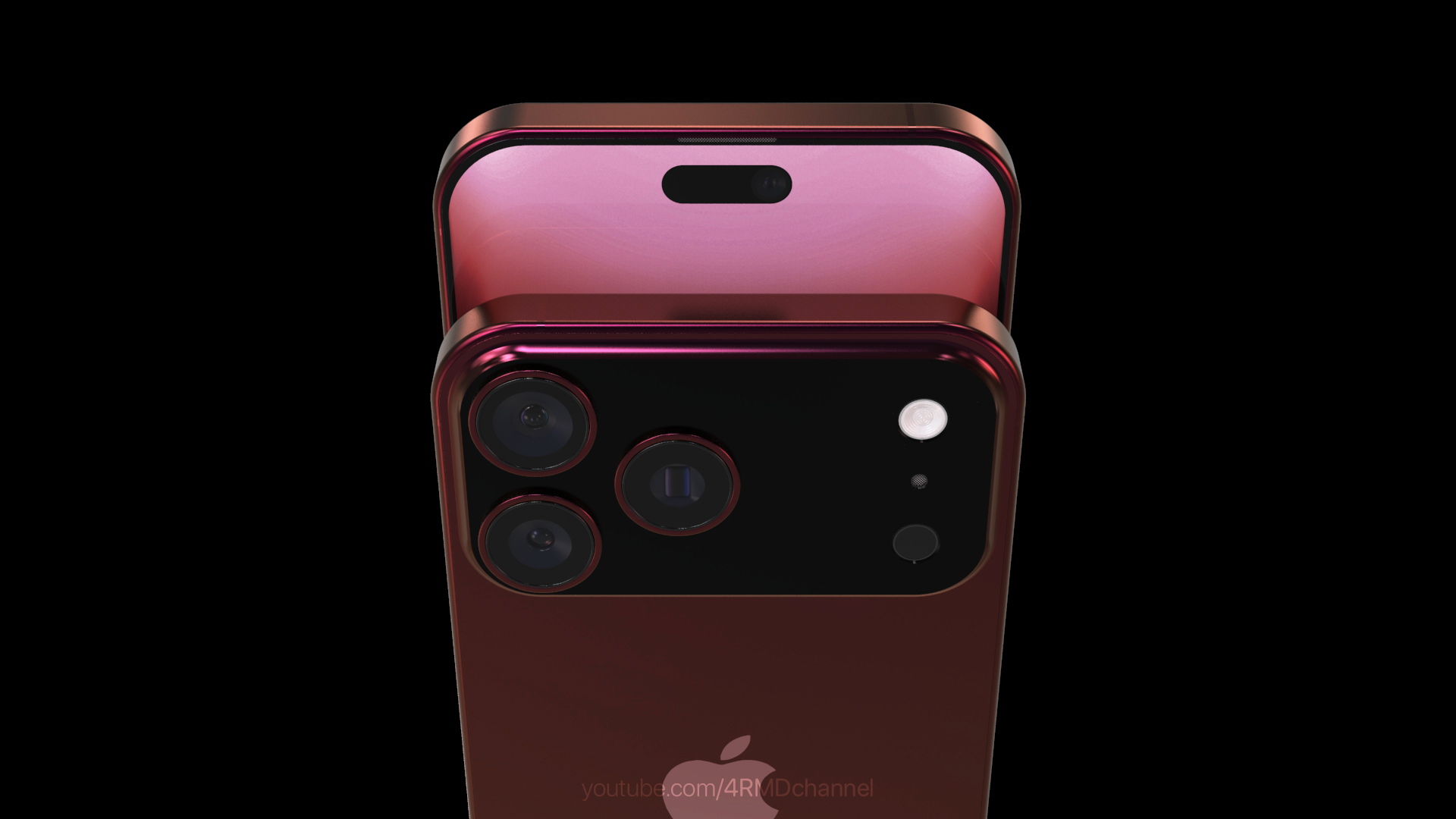 New iPhone 17 Pro Max renders give us the best look yet at the flagship phone
New iPhone 17 Pro Max renders give us the best look yet at the flagship phoneThis is going to cause a stir
By Sam Cross
-
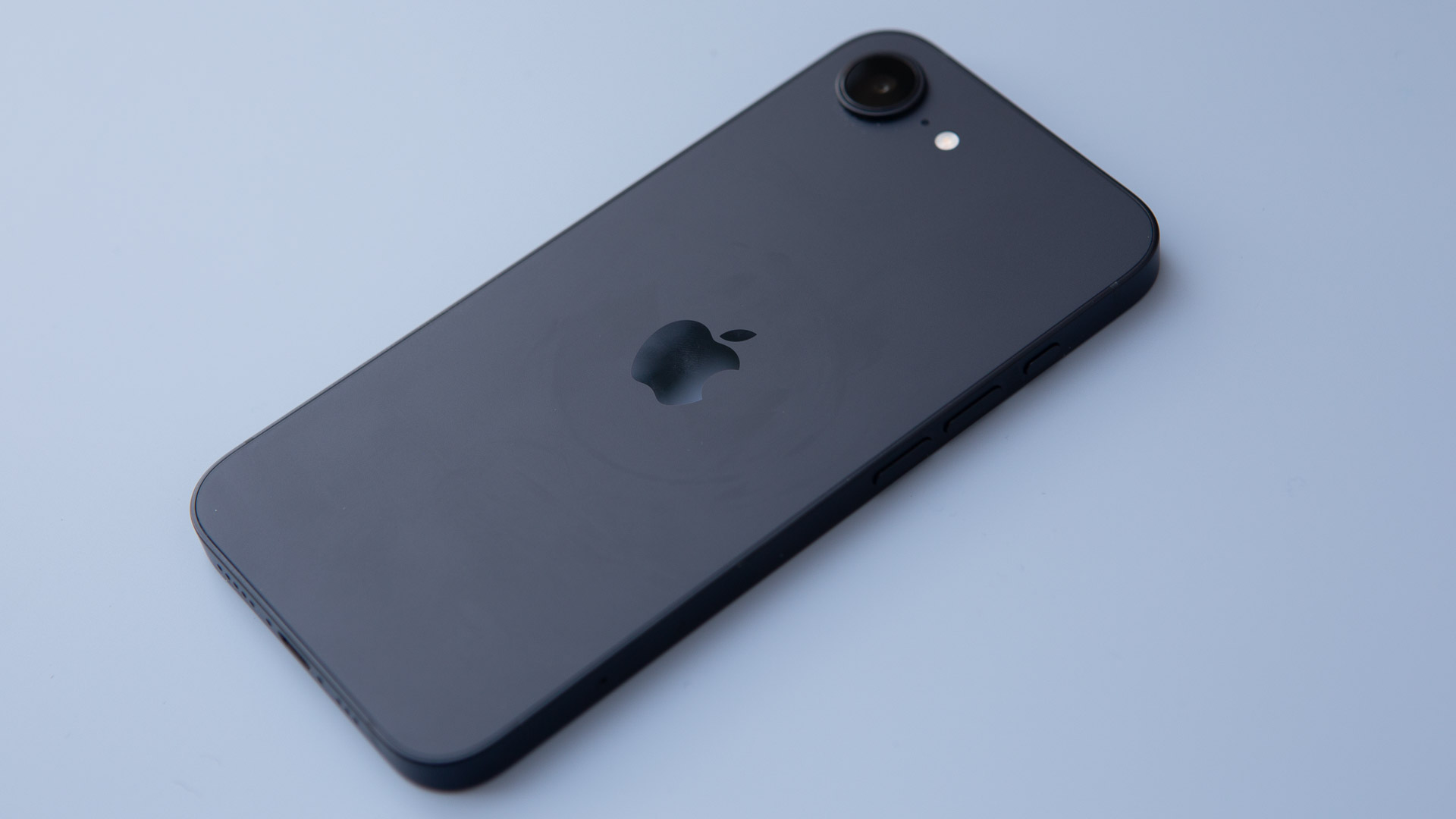 Apple's iPhone just did something it never has before
Apple's iPhone just did something it never has beforeThis is an unprecedented event for the iPhone
By Sam Cross
-
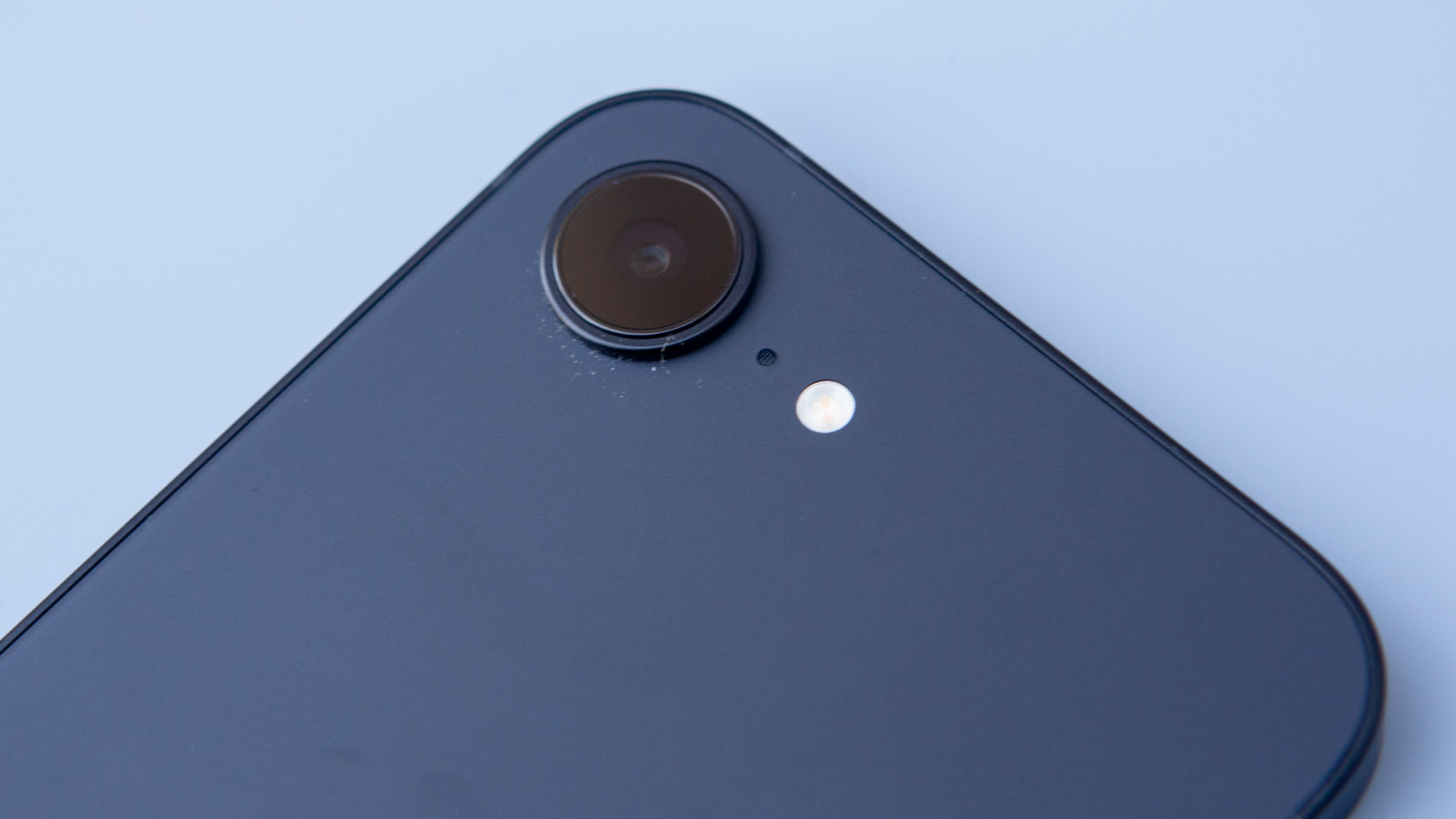 Leaked iPhone Fold pricing suggests it will be fighting an uphill battle from the start
Leaked iPhone Fold pricing suggests it will be fighting an uphill battle from the startIt looks set to be the most expensive foldable phone
By Sam Cross